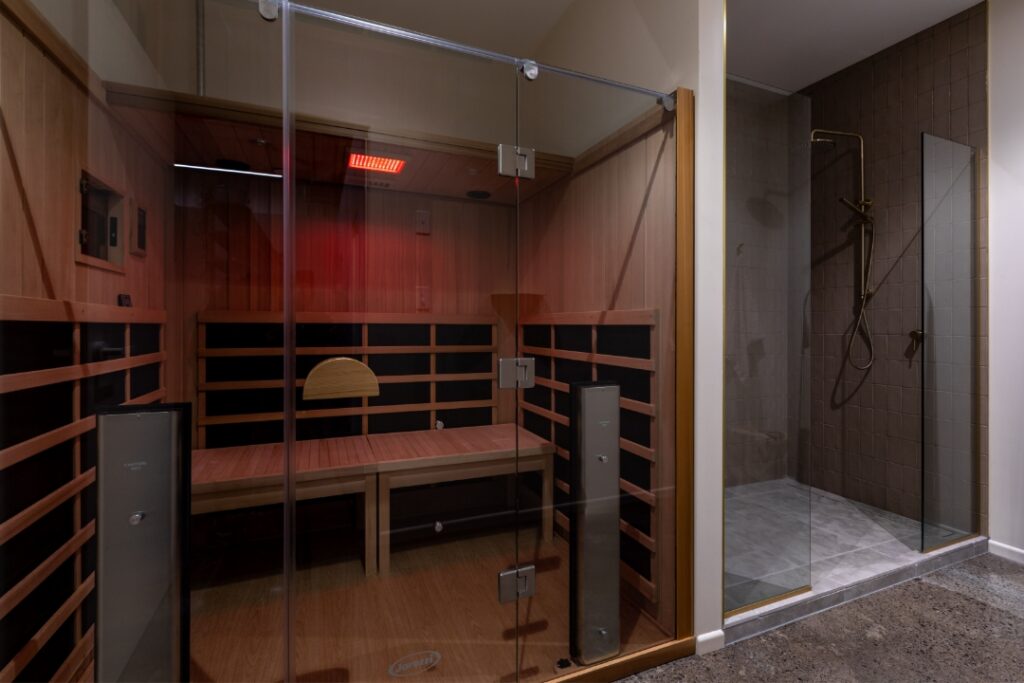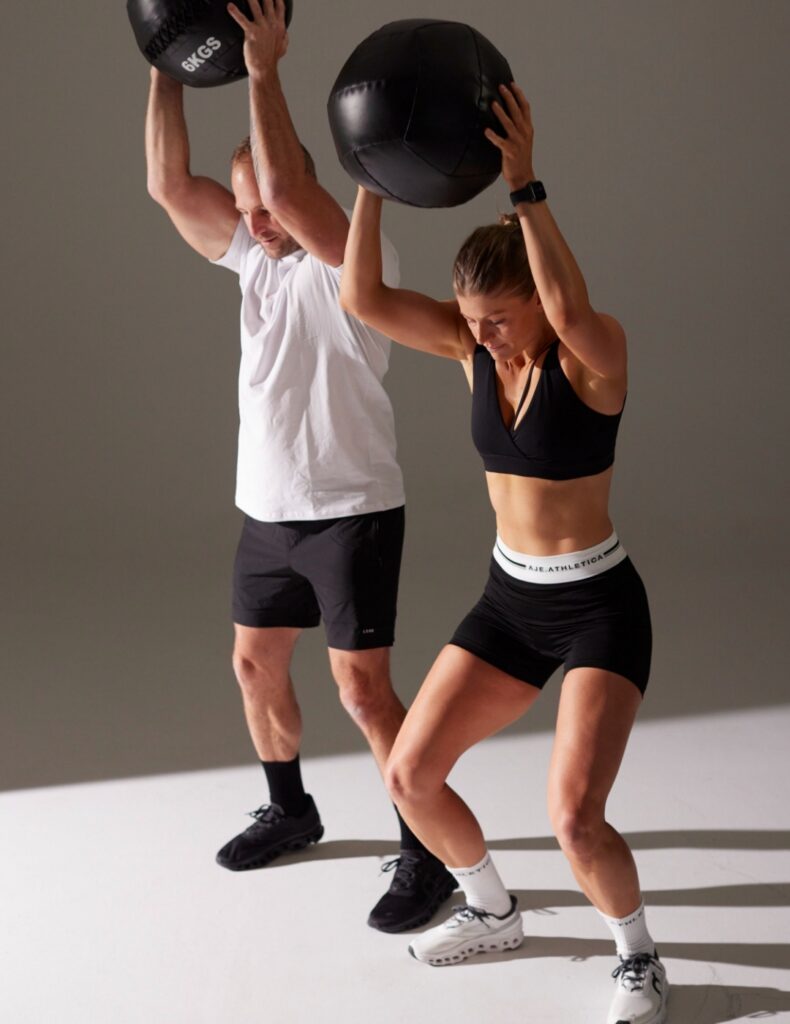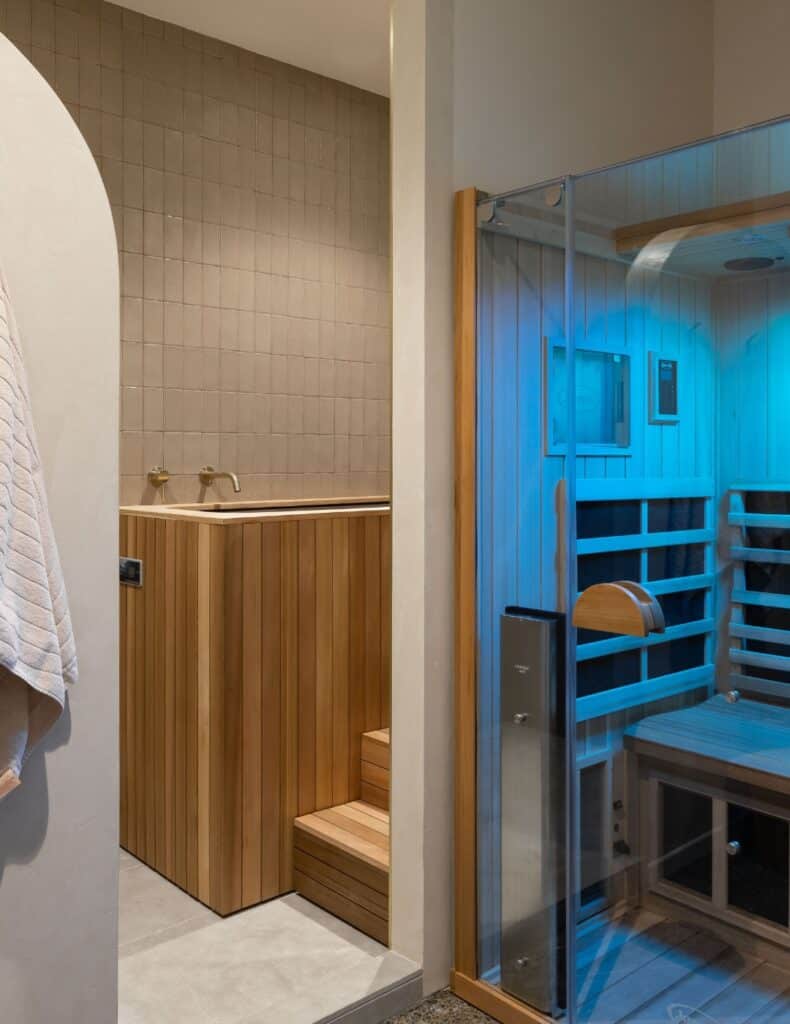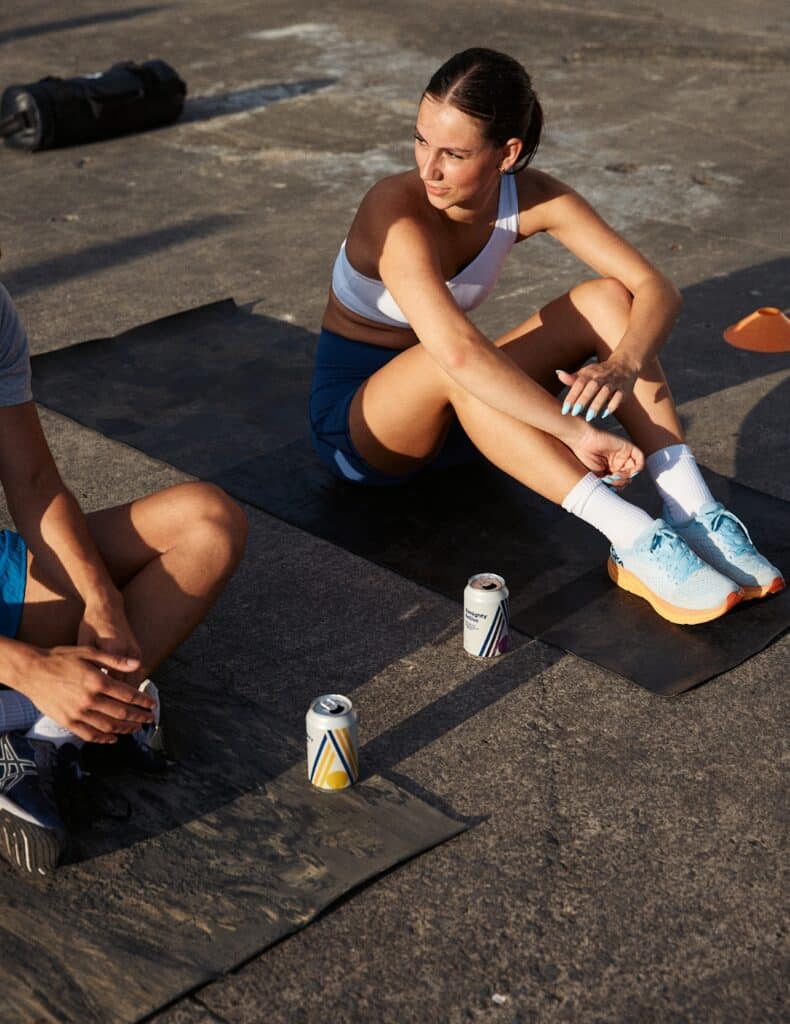
In recent years, there’s been an upswing in the popularity of recovery methods – think saunas, ice baths, compression therapy, and foam rolling— fast becoming go-to rituals for those who prioritise not just looking good, but feeling great too. From boosting muscle recovery to reducing stress levels, these methods have transcended beyond their athletic roots to become essential tools in the pursuit of optimal wellbeing. And it’s not hard to see why: with growing research behind these practices and influencers championing their benefits, recovery has seamlessly been integrated into the lifestyles of those who value holistic wellness – and fitness and movement studios are tuning in, building recovery services to offer the ‘full package’.


Speaking to Mode Studio founder Samantha Bluemel ahead of the opening of her premium and boutique fitness and wellbeing studio, she sheds light on why we’re seeing a growing interest in recovery.
“Until a few years ago such practices seemed reserved for professional athletes or the eccentrically wealthy, but in 2024, they have become mainstream,” she says. “Individuals are cottoning on to the power of recovery to support healthy muscles, bones and joints and reduce ongoing pain, allowing them to enjoy their favourite exercise or lifestyle activities long into the future.”
Bluemel, who has a background as a personal trainer, says that there’s been an attitudinal shift in how gym-goers approach their fitness. “We are saying goodbye to fitness routines that are merely designed to leave you feeling sweaty and exhausted, with no instruction on the importance of recovering properly in the hours that follow.”
“Mode Studio has been designed with a dual focus on effective workouts and recovery techniques. We offer challenging classes that will develop strength and cardio fitness, alongside recovery classes that focus on stretching, foam rolling and mobility work… The combination of these practices offers a fresh take on the traditional active lifestyle, keeping a member’s long term health and resilience top of mind.”


Leveraging the benefits of regular infrared sauna and contrast therapy use (read: clearing out pores, releasing endorphins, mood enhancement, muscle recovery (DOMS), improved circulation, increased metabolism, better sleep, balancing hormones, scar reduction and sun damage treatment), multi-disciplinary movement studio Sala founder Sarah Lindsay has recently added these recovery therapies alongside their suite of pilates and fitness classes. “This is the initiation of our social self-care concept, which will be unfolding over the next few years as we continue to lean into the integration of all of the fractions of ourselves,” she says.
This shift towards whole body wellness is not lost on Auckland sanctuary HANA whose philosophy is centred on replenishing and restoring you back to optimal health. With treatments including saunas, ice baths, contrast therapy, and PBM light therapy ( the application of red and near-infrared light to tissue that is injured, sick, degenerating or ageing), founder Sarah Higgins’ focus on healing was born from her own health journey when she was diagnosed as a chronic inflammatory response to mould.
Like Higgins, Bluemel’s catalyst for launching Mode Studio came from her own experience and need for recovery therapies. “It wasn’t until going through some incredibly challenging years that I learned how badly stress can affect all aspects of our health, physical and mental,” she admits. “No amount of exercise alone could help me under those circumstances; I was forced to slow down and practise less intense, and more mindful wellness therapies at the same time.”


8 benefits of building recovery into your workout regimens
Recovery techniques like saunas and ice baths have gained popularity among athletes and individuals seeking to optimise their physical performance and overall wellbeing. Here are some of the positive benefits associated with these methods that you can enjoy regardless of whether you’re a highly active individual:
1. Muscle recovery
Both saunas and ice baths can help in reducing muscle soreness and speeding up the recovery process after intense physical activity. Saunas increase blood flow, which can promote nutrient delivery to muscles, while ice baths reduce inflammation and numb pain receptors.
2. Improved circulation
Saunas can help improve cardiovascular health by promoting blood circulation and dilation of blood vessels. This can lead to better oxygen delivery to muscles and organs, enhancing overall physical performance.
3. Enhanced immune function
Regular use of saunas has been linked to improvements in immune function. The increase in body temperature during sauna sessions may stimulate the production of white blood cells, which play a crucial role in fighting off infections and illnesses.
4. Stress reduction
Both saunas and ice baths are known for their stress-relieving effects. Saunas promote relaxation by triggering the release of endorphins, the body’s natural painkillers, while the shock of cold water in ice baths can induce a calming effect on the nervous system. “Beyond physical benefits, infrared saunas stimulate the production of endorphins, the body’s natural mood enhancers, leaving you with a sense of euphoria and stress relief,” HANA cites on its website.
5. Improved sleep quality
Engaging in recovery techniques like saunas and ice baths before bedtime may help improve sleep quality. The relaxation induced by these methods can promote deeper and more restful sleep, allowing the body to repair and regenerate more effectively overnight.
6. Mental wellbeing
Saunas, in particular, have been associated with mental health benefits such as reduced symptoms of anxiety and depression. The relaxation and stress-reducing effects of sauna sessions can contribute to an overall sense of wellbeing and improved mood.
7. Skin health
Saunas can promote detoxification by inducing sweating, which helps cleanse the pores and remove toxins from the skin. This can lead to improved skin health and a clearer complexion.
8. Improved endurance
Regular use of saunas and ice baths has been linked to improvements in endurance performance. By enhancing cardiovascular function, reducing muscle fatigue, and improving recovery, these methods can help athletes perform at their best for longer durations. “Exposure to icy cold temperatures causes blood vessels to constrict and reopen rapidly, flushing metabolic waste out of your hard working muscles. This can reduce your muscle soreness post-workout, preparing you for your next session and promoting long-term performance and function,” claims Mode.












